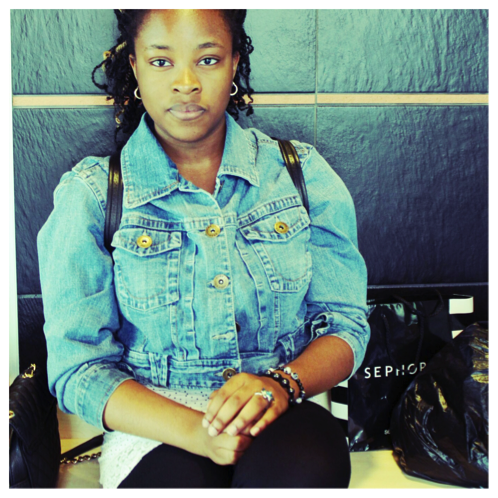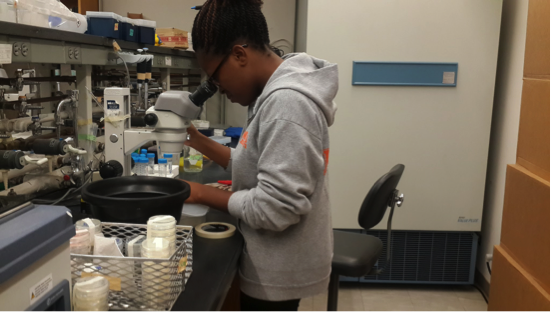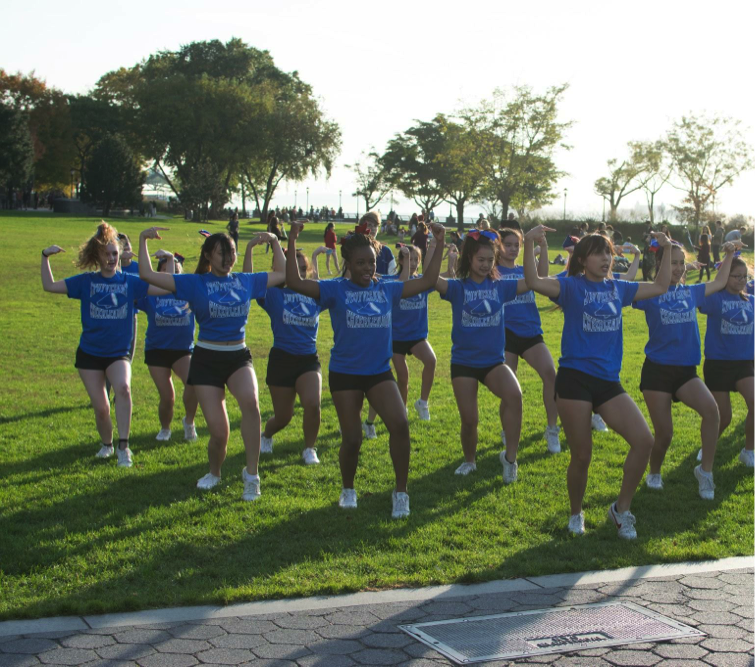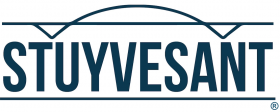Future StuyAlumni: Nina Uzoigwe ’17
STUYVESANT EXPERIENCES SHARP DECLINE IN INTEL RESEARCH
Stuyvesant has experienced a decline in its Intel presence for both semi-finalists and finalists. Our alumni base of semi-finalists and finalists are currently helping to review and mentor current applicants to the (now) Regeneron Science Talent Search. This partnership has benefited students and alumni alike. Our students are so thankful for our alumni participation and for some alumni, this is a great way to be able to give back.

Interview with Nina
Where are you from?
I currently live in Brooklyn, which is about an hour away from Stuy by transit. To travel to the lab I work in at the Biology Department at Queens College, it takes an hour and a half. Getting home from there takes that long too.
What are you involved in at Stuy?
I am involved with Bio Regeneron Research and wrote two papers on the research I’m conducting. I am also a member of the National Honors Society branch at Stuy, a cheerleader, the Alto Section leader of our school’s award winning chorus, and the President of the Black Students League.

What made you get involved in research?
I wasn’t particularly interested in research at the beginning. It wasn’t until I took AP Bio that my love for science swelled to the point where I started reading publications. There was one publication, written by Dr. Alicia Melendez, that really caught my attention. It discussed how C. elegans responded to environmental challenges by undergoing a specialized third larval stage that makes them live longer. What amazed me even more was the fact that upon return to favorable environments, they have the capacity to recover to reproductive adults with normal life spans as though nothing ever happened.
Because of this fascination, I reached out to [Dr. Melendez] with an email, explaining my interests to take part in her research. Ever since she accepted me, my interactions in the laboratory has grown. These interactions as well as the hands-on experience in something I was fascinated in caused my thoughts of pursuing research in college to surface.
Each student in the Regeneron research class was paired with a StuyAlumni mentor who was a previous Science Talent Search semifinalist or finalist. How is it working with an alumni mentor? How has Nicole Jarrett ’98 helped you?
Having Nicole Jarrett as a mentor has been an amazing experience for me, especially when it comes to my research paper on fat metabolism and longevity in C. elegans. She read my research paper recently and provided me with several edits and suggestions that made my entry all the more comprehensible. For this, I deeply value her point of view as a plastic surgeon well versed with her field because it gave me the rare opportunity to have a fresh set of eyes that pointed out ways to enhance the delivery of my experiment to the judges.

How is it balancing cheer and research?
It was really stressful at first because I had to plan out my weeks accordingly so that I don’t miss too many practices and my week-long experiments aren’t interrupted. But as time progressed, I realized that being heavily involved in both types of environments showed me what it means to be aware of what my goals are as well as what I need to do to achieve them.
What is your favorite Stuy memory?
I honestly don’t have a particular favorite; it’s rather a string of memories that consists of moments of success and failure that illustrate what I love about Stuy the most. Despite all the struggles endured these four years, we are ensured to come out stronger people on graduation day. That type of guarantee is practically priceless.
What do you plan on pursuing in college?
I am planning on studying molecular/developmental biology and pre-med.
Nina's research abstract
Research Mentor: Dr. Alicia Melendez (CUNY Queens College)
Alumni Mentor: Nicole Jarrett ’98
Although autophagy proteins and their utilization of lipids ensure quality control in metabolism, they have been linked to aging and their loss has been deemed detrimental towards health and lifespan, especially in cardiovascular diseases. Lipid profiles of long-lived Caenorhabditis elegans suggest that lipids are beneficial towards lifespan such that those associated with longevity are evolutionarily conserved. This study aims to determine the role of autophagy genes associated with longevity, specifically the allele gk138 in the gene cep-1, in the light of lipid droplet quantification. Results demonstrate that cep-1 is not only a critical modulator of the lifespan of C. elegans, but the loss of function of cep-1 also significantly increased the lipid droplet concentrations compared to wild-type animals. Interestingly, animals with a loss of function in the autophagy gene atg-7 were previously shown to have a decrease in lipid droplets. These findings demonstrate a previously unknown interrelationship between autophagy and lipid metabolism in cep-1(gk138) mutants, specifically how it is involved in lipid homeostasis. These insights as well as further experiments in this area will provide a greater understanding in the complexity found in the relationship between the presence of lipids and longevity.
Help Stuyvesant students like Nina win & change the world!
Donate today to fund STS research!HOW CAN ALUMNI HELP?
If you are a science or math professional and wish to get involved with helping current student researchers, or have access to a lab that can accommodate some of Stuyvesant’s best and brightest science students, please email us at [email protected] with the subject, “Regeneron / STS Help“. Don’t have a knack for science but love Stuyvesant? Help us fund exceptional student research at Stuyvesant by donating to the General Fund today!
Interview edited for length and clarity.
